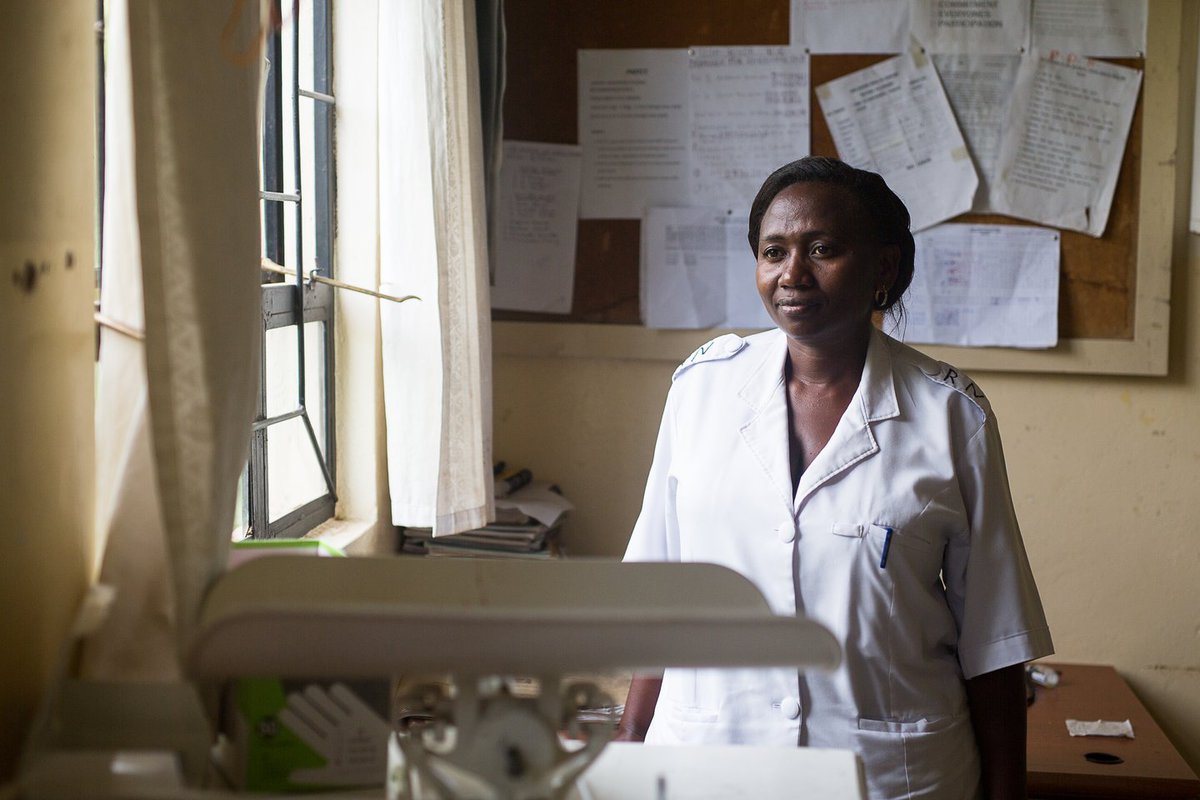The Path to Universal Health Coverage: Embracing Data and Digital Technology

- 13 Sep 2024
The expansion of Universal Health Coverage (UHC) represents a complex but crucial endeavor. The integration of data and digital technology stands out as a pivotal factor in smoothing the way towards achieving this goal.
Understanding Universal Health Coverage
Universal Health Coverage means ensuring that every individual has access to the full spectrum of quality health services when and where they need them, without facing financial hardship. This concept encompasses a broad range of essential health services, including health promotion, prevention, treatment, rehabilitation, and palliative care throughout an individual's life.
UHC as a Sustainable Development Goal
Achieving UHC is a key target of the Sustainable Development Goals (SDGs) established by the global community in 2015. However, despite this commitment, progress towards this goal remains off-track. Since 2015, improvements in health services coverage have stalled, and the proportion of people facing catastrophic out-of-pocket health expenses has been rising steadily since 2000.
Challenges to Universal Health Coverage
Several challenges hinder the advancement of UHC:
- Global Stagnation: Progress in health coverage has stagnated globally, affecting regions and countries alike.
- Manpower Shortages: Many Western and Central Asian countries face severe healthcare manpower shortages.
- Pandemic Disruptions: The COVID-19 pandemic has further disrupted essential health services, with 92% of countries experiencing interruptions at the pandemic's peak in 2021, and 84% still reporting disruptions in 2022.
- Inequality in Healthcare Spending: The disparity between poor and non-poor households has widened, with lower-income families often forced to deplete their resources or sell assets to cover healthcare costs. According to the WHO, 55 million people fall into poverty annually due to catastrophic health expenditures.
- Insufficient Spending: India’s healthcare spending, currently at 3.2% of its GDP, is lower than the average spending of 5.2% observed in lower and middle-income countries (LMICs). The government’s health expenditure is also lower compared to other countries like China, Thailand, Vietnam, and Sri Lanka.
Opportunities Through Digital Health
To address these challenges, leveraging digital health solutions is critical. India's leadership in digital health is exemplified by the Global Initiative on Digital Health, launched under India’s G20 presidency. This initiative aims to drive investments into digital health and facilitate regional and international collaboration.
India’s Ayushman Bharat Digital Mission, which precedes this global initiative, highlights the country's commitment to using digital technology to manage the complexities of UHC expansion. Digital health tools can play a transformative role in managing contracts, implementing value-based provider reimbursements, and streamlining healthcare delivery.
The Role of Artificial Intelligence
Artificial Intelligence (AI) holds significant promise for revolutionizing healthcare. AI-powered diagnostic tools can improve the accuracy and speed of medical diagnoses, leading to better patient outcomes. AI can also predict disease outbreaks, analyze healthcare data, optimize treatment plans, and enhance drug discovery, making healthcare more personalized and effective.
Building Digital Infrastructure
India’s experience in expanding digital health infrastructure can serve as a model for other low- and middle-income countries. Many of these nations are seeking to build and enhance their healthcare systems, and India’s approach may offer valuable policy insights.
The Need for Private Sector Participation
Achieving UHC in India cannot rely solely on the public sector. Integrating the private sector into the public healthcare framework is essential. Addressing modern health challenges requires a collaborative effort that includes both public and private sectors, creating a multifaceted and synergistic approach to healthcare.
WHO’s Recommendations
To strengthen health systems, the WHO recommends reorienting them with a primary health care (PHC) approach. Implementing PHC can deliver up to 90% of essential UHC interventions, potentially saving 60 million lives and increasing global life expectancy by 3.7 years by 2030.
Looking Ahead
It is crucial to balance national interests with international ambitions and leverage digital technologies to create inclusive solutions. Countries should build on their existing systems, gradually implementing reforms and best practices. With dedicated effort and a commitment to excellence, it is possible to build a healthier and more prosperous future for generations to come.
